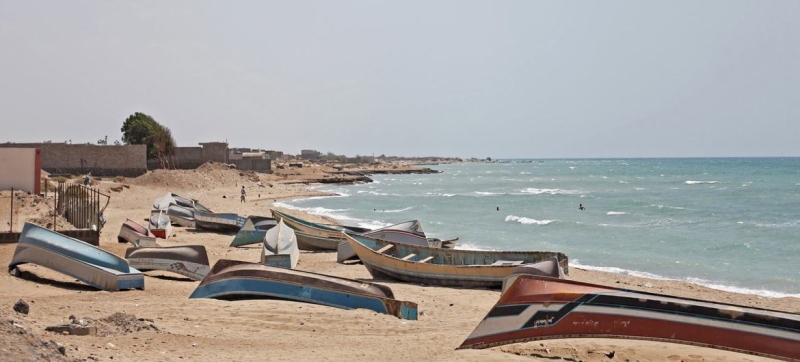
Across all routes, adolescents travelling alone are more vulnerable and face more threats than older migrants. More than half of migrants in Europe have experienced abuse and exploitation at least once Refugees and Migrants
According to the International Organization for Migration, as of September 17 this year, 1,450 migrants were reported dead or missing in the Mediterranean, a 44 percent decrease compared to the same period last year. This was reported by representatives of UN agencies at a meeting of the Security Council convened at the initiative of the Russian Federation.
Director of the New York office of the United Nations High Commissioner for Refugees (UNHCR) Shivanka Dhanapala said in his speech that the number of people crossing the Mediterranean from North Africa has decreased since last year’s briefing.
Dangerous Routes
At the same time, he said, access to protection for refugees and asylum seekers remains a challenge, with interceptions of migrants, collective expulsions and arbitrary arrests and detentions continuing.
Dhanapala warned that, according to a report by UNHCR, IOM and the Mixed Migration Centre, migrants and refugees face high risks of gender-based violence, kidnapping for ransom, trafficking, robbery, physical violence and death.
Meanwhile, UNHCR has registered more than 350,000 refugees and asylum seekers in North Africa this year, many of whom fled Sudan, the office’s spokesman said.
It is estimated that between January and August this year, more than 134,000 refugees and migrants set out by sea from North and West Africa to Europe, a 24 percent decrease compared to last year, he added. At the same time, according to the briefing, while the number of arrivals in Italy has decreased, the number of people landing in North African countries has increased slightly, with almost 33,000 people ending up in Tunisia and more than 14,000 in Libya.
The main causes of mass displacement
In turn, Per Liliert, head of the IOM representative to the UN in New York, drew the attention of the Security Council members to the key factors that, according to him, are forcing countless people to leave their homes, as well as to the serious problems faced by migrants and refugees. “These pressing issues are at the center of today’s debate and require decisive and urgent action,” he said.
According to IOM data for 2023 and 2024, the main reasons people left their countries of origin were economic factors (44 percent), war and conflict (29 percent), and the desire to escape violence (26 percent).
More than half of the migrants interviewed by IOM in Europe had experienced at least one form of abuse, violence, and exploitation. Among migrants travelling along the Central Mediterranean route, 45 percent had experienced incidents of physical violence, and 30 percent had been held against their will in detention-like conditions. Across all routes, adolescents travelling alone are more vulnerable and face more threats than older migrants.
Read more:
UNICEF: Child migrants have the right to be with their families
Deaths and disappearances also occur on land, Liliert said, but data on them is much harder to collect because of the vast and rugged terrain. An IOM spokesman said at least 152 people have died trying to cross the Sahara to Libya this year. The main causes of these cases were road accidents, dehydration and harsh environmental conditions, as well as violence.
“The plight of migrants and refugees requires urgent and concerted efforts,” the rapporteur said.
